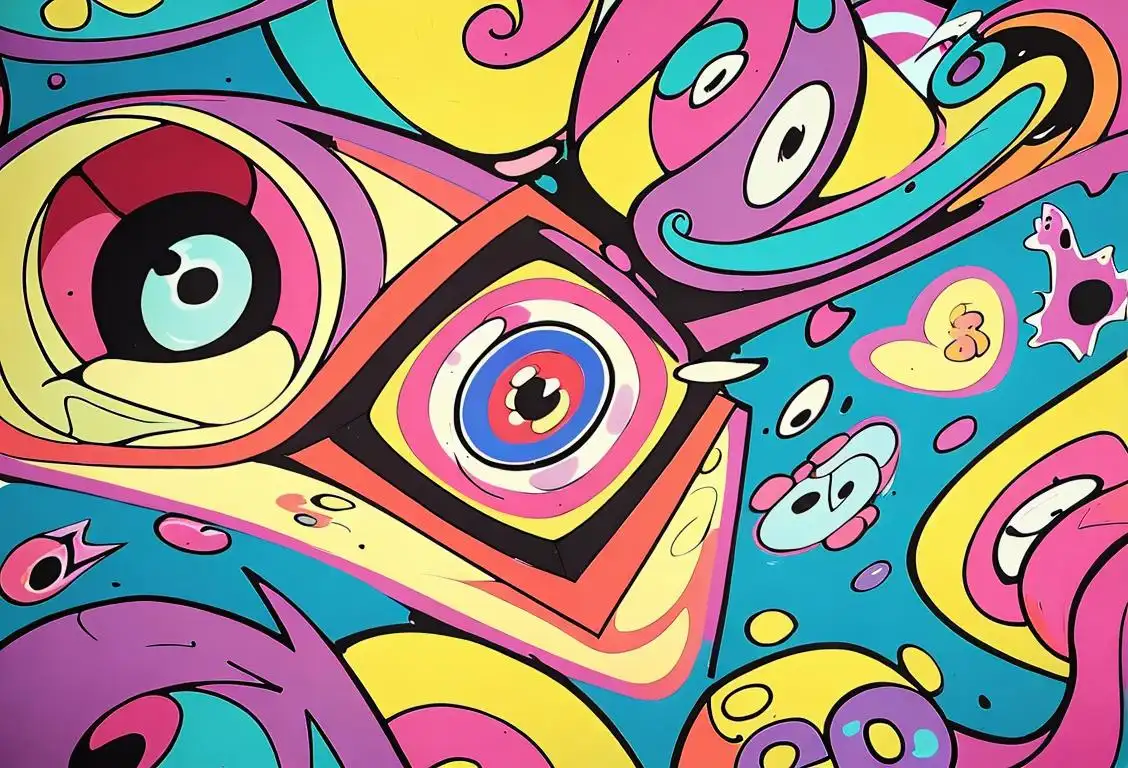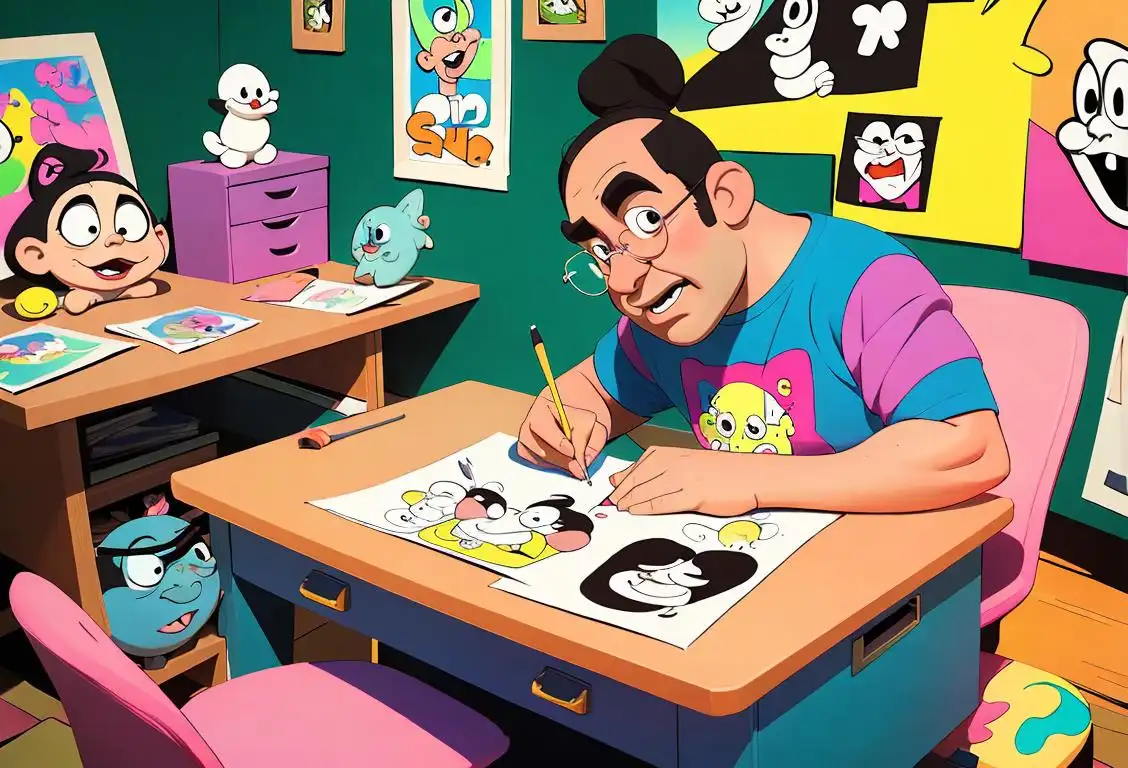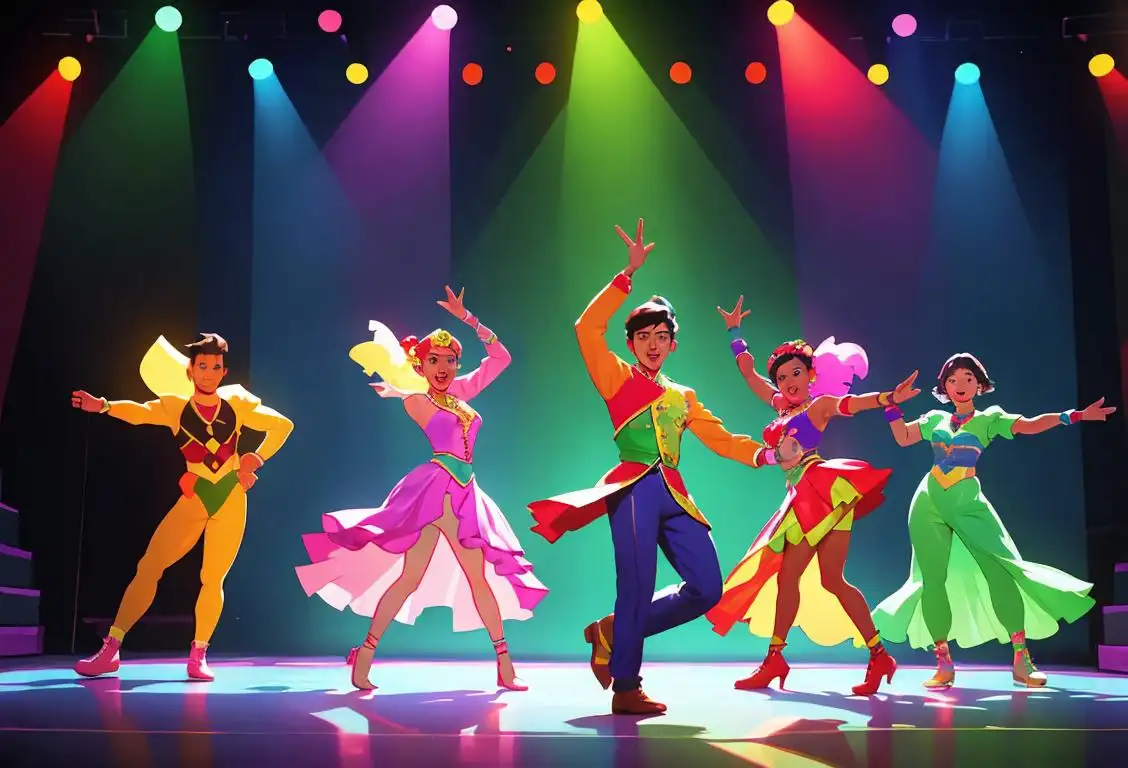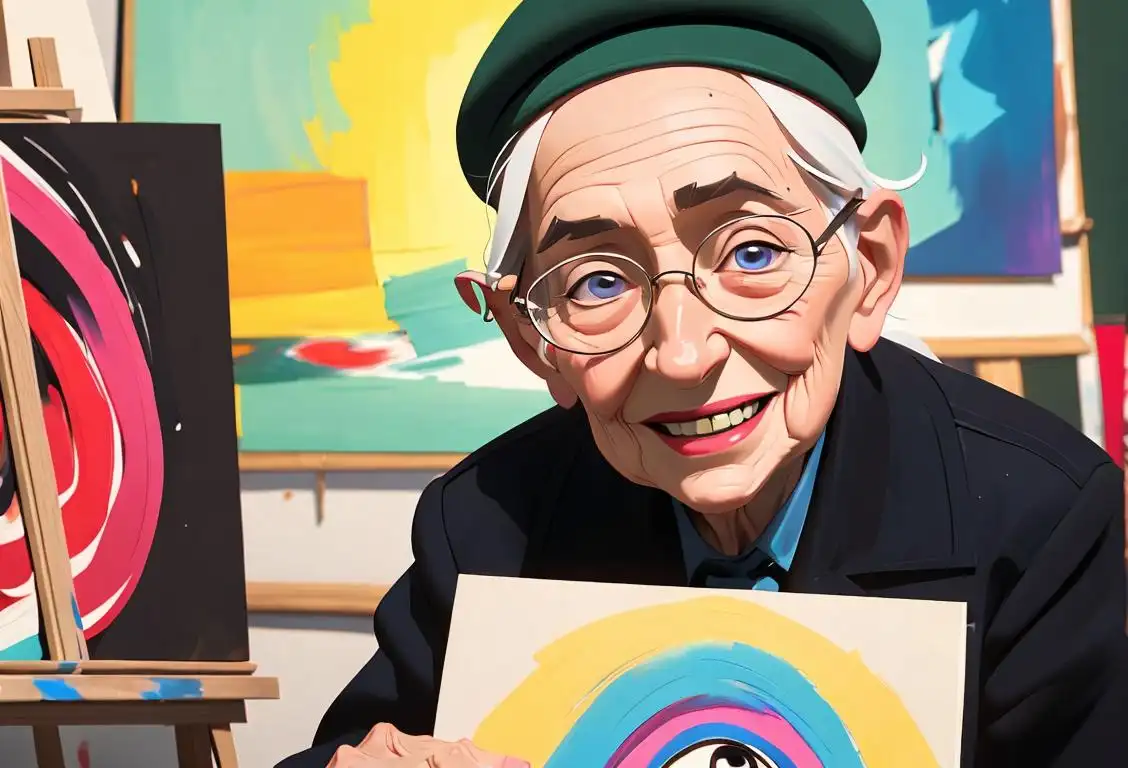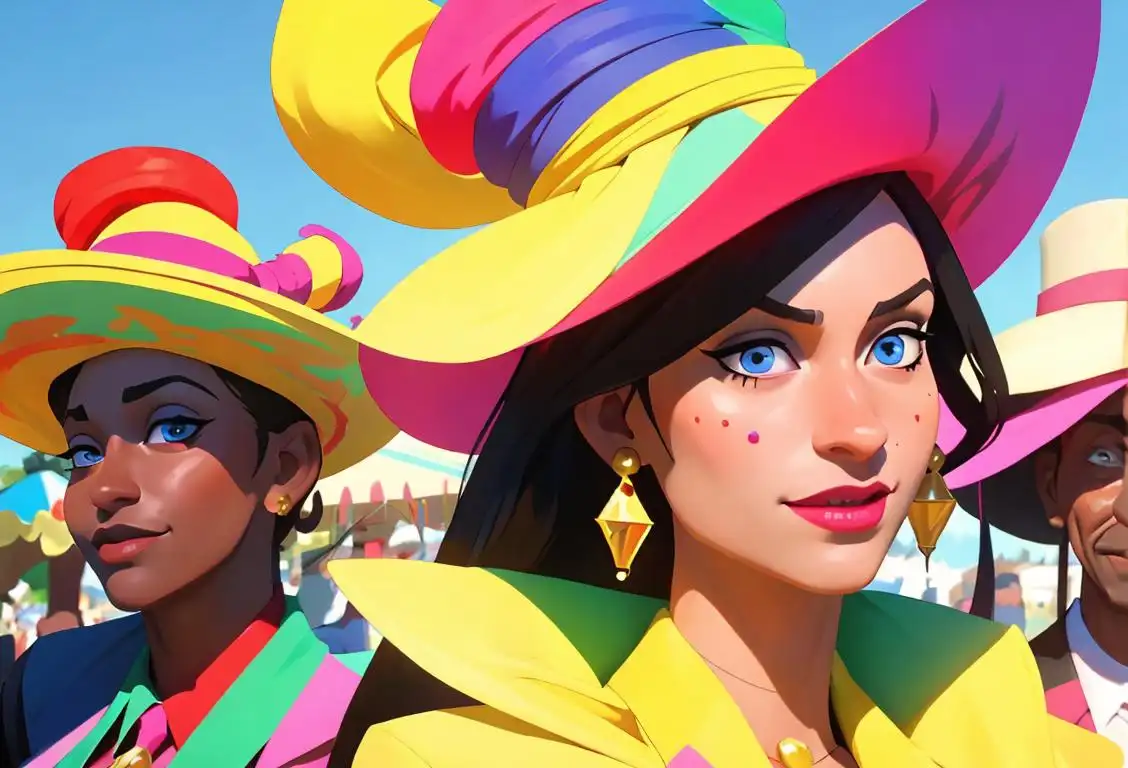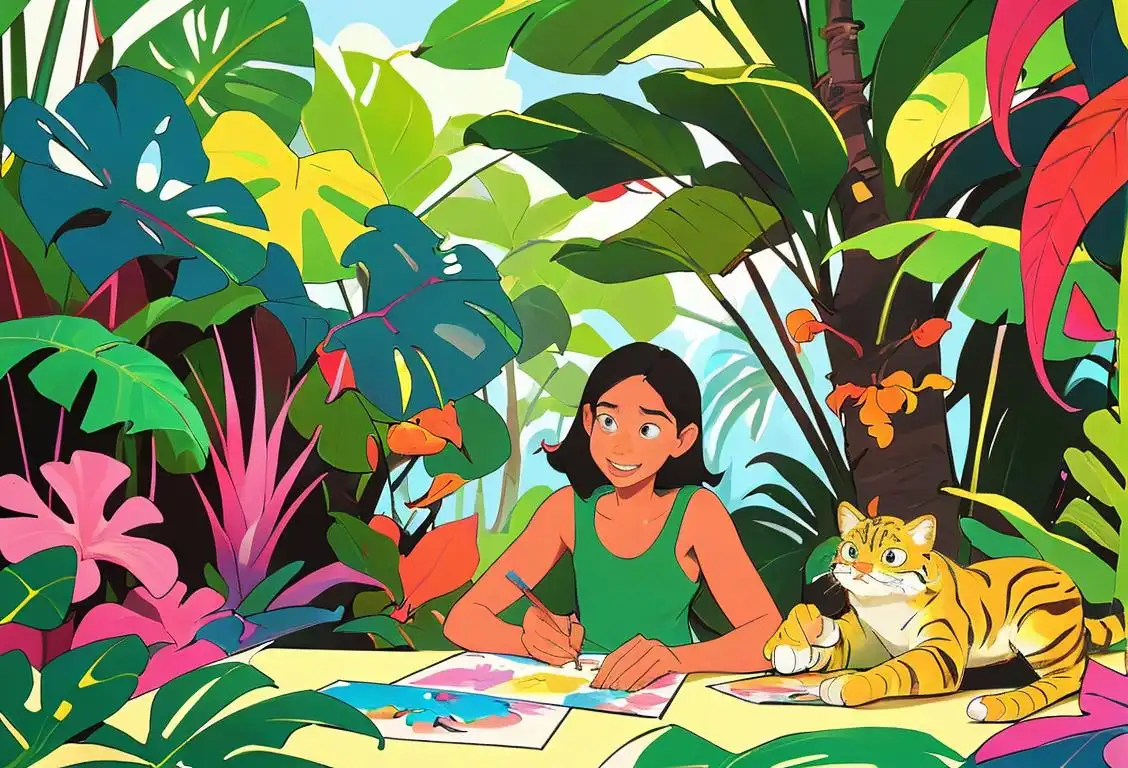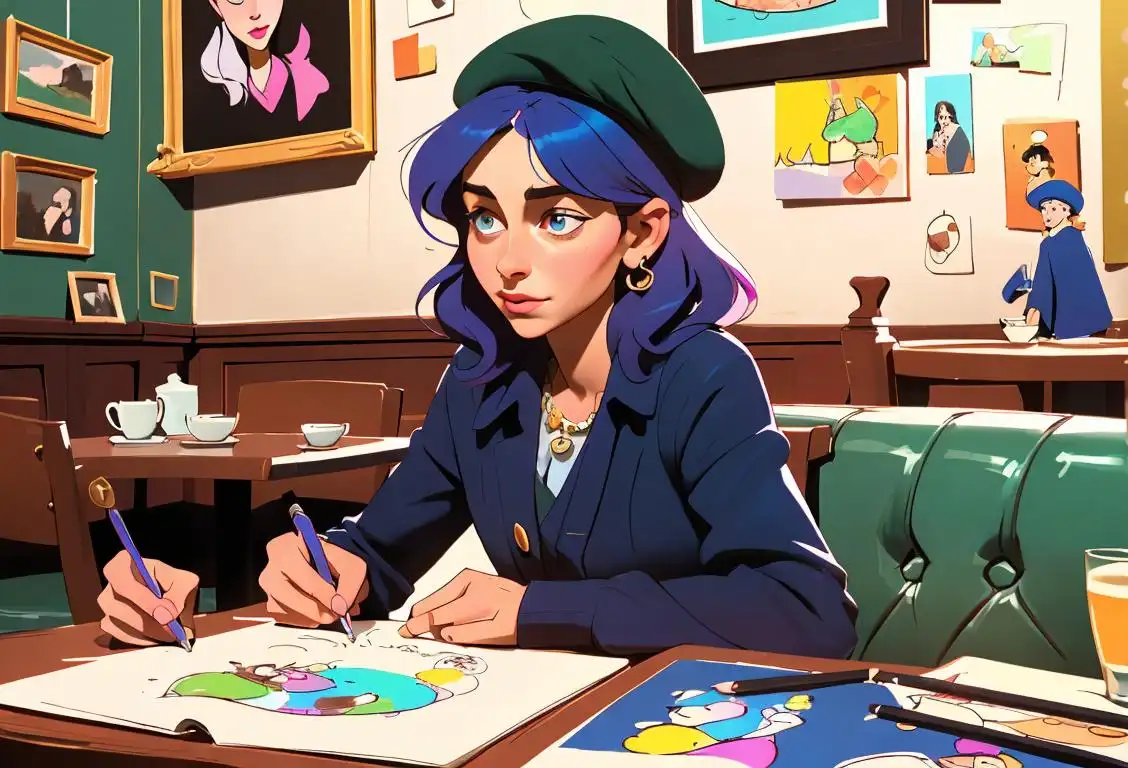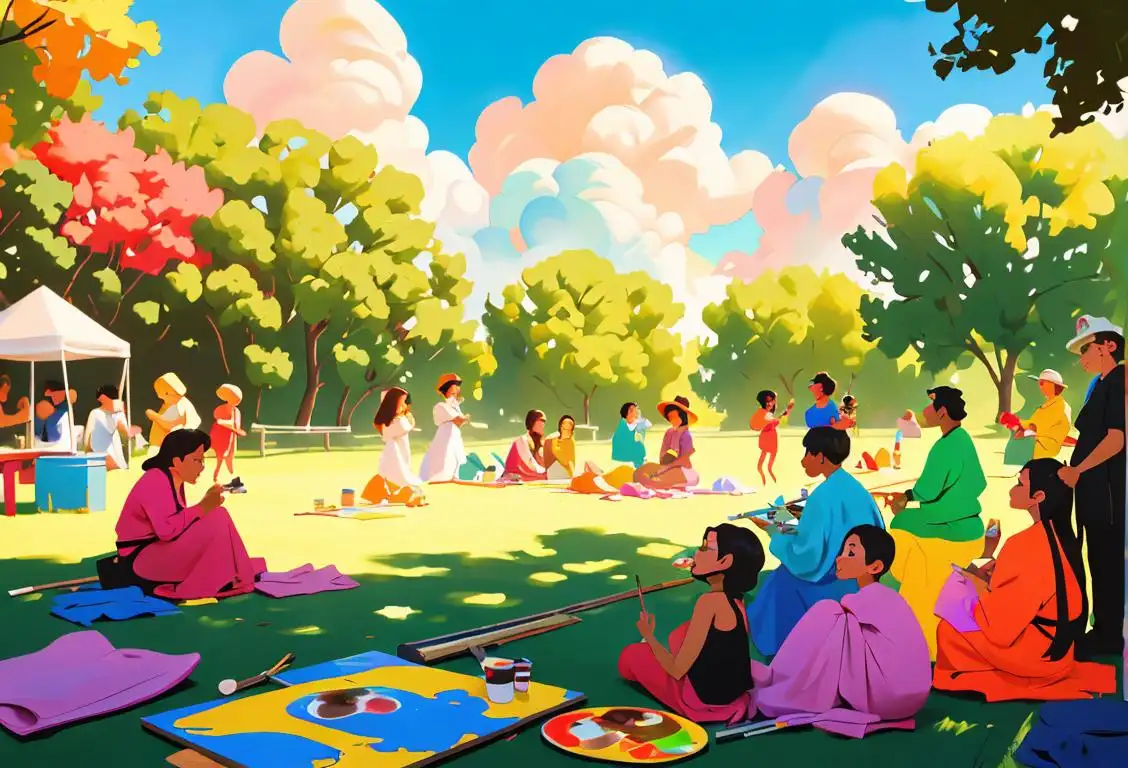National Drawing Day
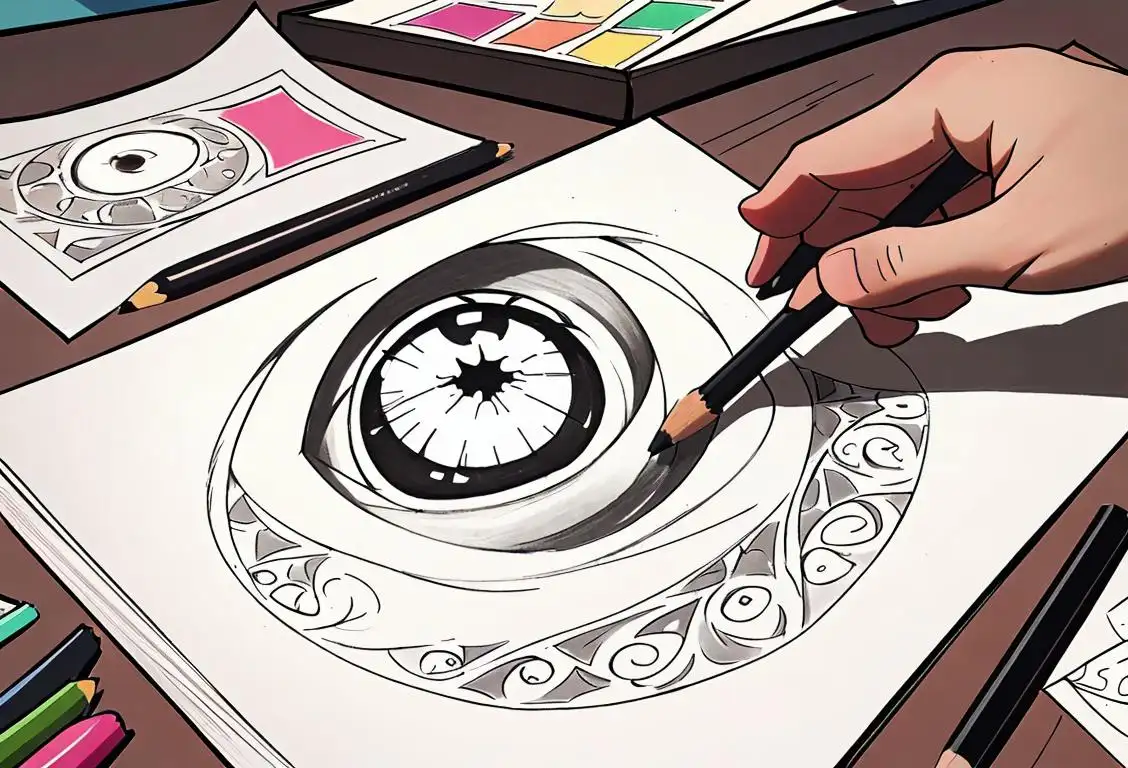
Welcome to National Drawing Day, where we celebrate the art of putting pen to paper and bringing our imaginations to life! Grab your pencils, markers, or even your kids' crayons and let's dive into a world of creativity and self-expression. Whether you're a professional artist or just a doodler, this day is all about appreciating the power of drawing and unleashing your inner Picasso.
When is Drawing Day?
It's national drawing day on the 16th May.
Discovering the Internet Roots of National Drawing Day
National Drawing Day has become a beloved holiday among art enthusiasts and doodlers alike. But where did it all start? Let's take a journey through the annals of the internet to uncover the beginnings of this imaginative celebration.
Internet history is a winding road, filled with unexpected detours and delightful surprises. It turns out that National Drawing Day started as an online event in 2004. A group of passionate artists gathered on an art forum and decided to dedicate a day to showcase the beauty and diversity of drawing.
Word spread like wildfire across social media platforms, and before they knew it, National Drawing Day was gaining traction around the world. Artists young and old, experienced and amateur, started sharing their sketches, doodles, and masterpieces online, connecting with fellow art enthusiasts from every corner of the globe.
From there, the day gained official recognition, with various art organizations, museums, and schools organizing drawing workshops, exhibitions, and competitions to celebrate the occasion. National Drawing Day has become an annual event eagerly anticipated by art lovers and novices alike, inspiring people to pick up a pencil and let their imaginations soar.
The Power of Artistic Expression
Art is a form of communication that transcends language barriers and societal divides. It allows us to express our innermost thoughts, feelings, and perspectives in a unique and visual way. Whether you're creating a lifelike portrait, a whimsical cartoon, or a abstract masterpiece, drawing enables you to connect with yourself and others on a deeper level.
Not only is drawing a means of self-expression, but it also serves as a form of therapy. Many people rely on art as a way to relax, destress, and channel their emotions. It's a powerful tool that can help us navigate the complexities of life and find solace amid chaos.
Embracing National Drawing Day
So, how can you embrace National Drawing Day? There's no right or wrong way to participate – it all comes down to your personal preferences and creative inclinations. Here are some ideas to get your artistic juices flowing:
- Host a drawing session with friends or family. Share your favorite techniques and tips, and let the creativity flow.
- Explore different drawing styles and genres. Experiment with realism, abstract art, or even surrealism if you're feeling adventurous.
- Take a stroll outdoors and sketch the beauty of nature. Let the scenery inspire your artwork and capture the world around you.
- Join online drawing communities and engage with fellow artists. Share your work, seek feedback, and find inspiration from others.
- Try a new medium or tool that you've never used before. Break out of your comfort zone and see where your creativity takes you.
Did You Know?
The largest drawing in the world was created in 2020 on National Drawing Day. It spanned over 10 football fields with a mesmerizing display of colors and patterns. This colossal artwork brought together thousands of artists from around the globe, showcasing the power of unity and creativity.
History behind the term 'Drawing'
3000 BC
Earliest Examples of Drawing
In Mesopotamia and ancient Egypt, drawings were found on cave walls, pottery, and other artifacts. These early drawings depicted everyday life, religious rituals, and hunting scenes. They were rudimentary and often depicted simple figures and shapes.
1400 BC
Drawing in Ancient Greece
Ancient Greek civilization saw the emergence of drawings in more formalized and structured styles. Greek artists introduced the concept of proportions in their drawings and emphasized realistic human figures. Many Greek drawings focused on illustrating myths and legends.
1500 AD
Renaissance Art and Drawing
The Renaissance period marked a significant turning point in the history of drawing. Artists such as Leonardo da Vinci and Michelangelo revolutionized the art form with their detailed and realistic drawings. The use of shading, perspective, and anatomical accuracy became essential elements in Renaissance drawings.
18th Century
The Age of Enlightenment and Drawing
During the Age of Enlightenment, drawing took on a new role as a means of scientific documentation. Explorers and naturalists used drawing to document their findings and discoveries in fields such as botany, zoology, and anatomy. The drawings were highly detailed and aimed to provide accurate representations of the natural world.
19th Century
Impressionism and Artistic Expression
The 19th century witnessed the rise of Impressionism, a movement that focused on capturing the fleeting impressions of light and color. Artists like Claude Monet and Edgar Degas broke away from traditional drawing techniques and embraced looser brushwork and unconventional compositions.
20th Century
Modern and Contemporary Drawing
In the 20th century, the definition of drawing expanded to include non-traditional mediums and techniques. Artists started experimenting with collage, mixed-media, and even digital drawing. Drawing became more abstract and conceptual, reflecting the changing cultural landscape and artistic experimentation.
Did you know?
Did you know? The largest drawing in the world was created in 2020 on National Drawing Day. It spanned over 10 football fields with a mesmerizing display of colors and patterns. This colossal artwork brought together thousands of artists from around the globe, showcasing the power of unity and creativity.Tagged
fun celebration creativity art self-expressionFirst identified
13th March 2015Most mentioned on
16th May 2020Total mentions
1102Other days
Drawing Day
Savage Day
Scribble Day
Cartoonists Day
Stage Day
Artists Day
Name Yourself Day
Coloring Book Day
Doodle Day
Canvass Day
